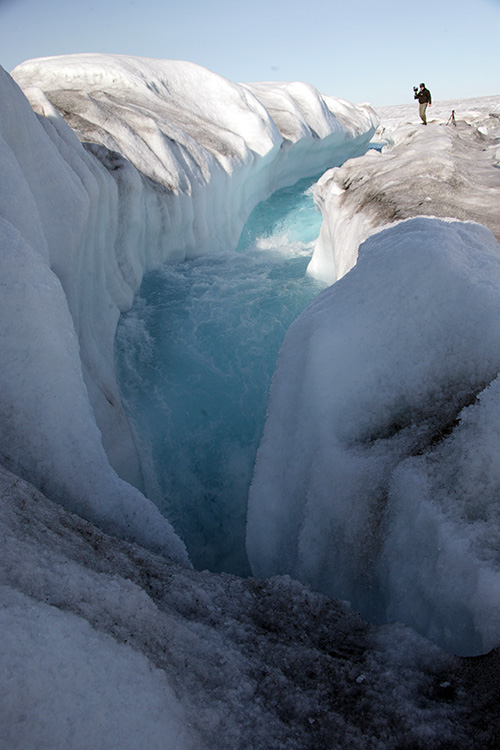AndyH
Well-known member
First you attack me, then you slur my mental ability. Without skipping a beat, you pull up the 1800s. Then you try sleight-of-hand by conflating surface deposition with subsurface contaminants. Then you attack me again. Paragraph. Then you again conflate 'churned up' with surface algal growth and soot. Then you suggest that is sensible. Then you make a statement that makes it crystal clear that you have no idea what the subject project is about or what they're studying - yet feel obligated to comment. And you finish in grand fashion with a personal attack. :lol: :lol:donald said:Can you not stick to a discussion of the evident facts, than resort to name-calling? The irony of hiding one's eyes seems to be lost on you. Have you seen the photos from 1800's? Have you seen sea ice with no such blackening, yet presumably would still be subject to 'soot'. Glaciers seem a very bad place to go look for soot as they will always be contaminated with glacial sediment. Are you blind to that simple observation?AndyH said:One practicing this technique spins in place as fast as possible while alternately covering eyes and ears
The key here, I think, in their investigation is to ask whether whatever is churned up in that glacier causing algal growth is accelerated by the presence of 'seed quantities' soot. That seems a perfectly sensible question. But that visible blackness is clearly not soot on its own. Maybe you realise that already, and are being contrary just for an argument?
Donald - read some IPCC reports. Read the info already provided about the Dark Snow project and really, really pay attention to what they ARE and ARE NOT evaluating. Then, and only then, come back to comment. If you want to deny anything, please do it in the designated denial post in the cesspool area of the forum. The others here, being kind and amazingly patient, will humor you in hopes that you'll one day have an 'ah-ha' moment. I'm simply going to stand here with this rolled up newspaper as you've danced on my last nerve thrice too many times.




